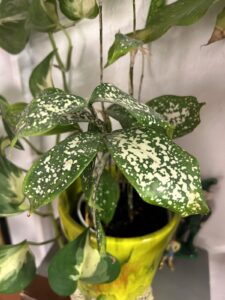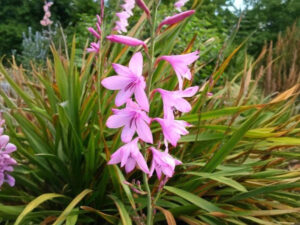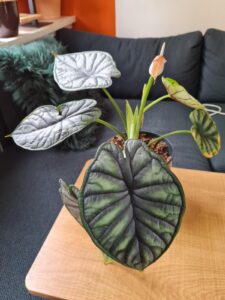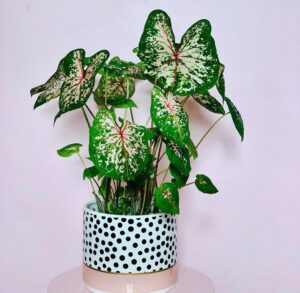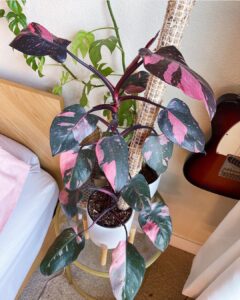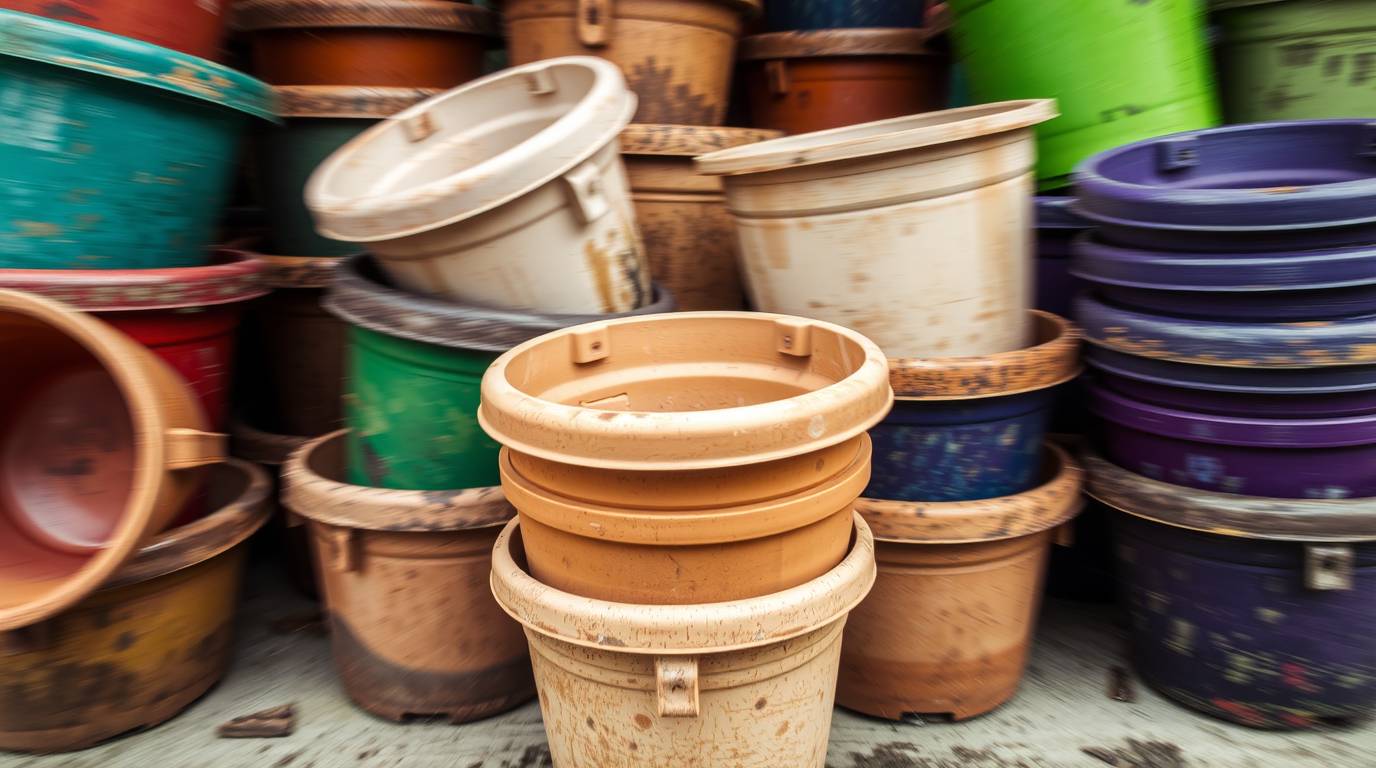
Every passionate gardener knows the struggle: you’ve got a growing collection of old plant pots cluttering up your shed, garage, or potting bench. Before you toss them in the recycling bin, consider this – those seemingly useless containers are actually goldmines for clever gardening solutions.
After many many years of indoor and outdoor gardening, I’ve discovered that plastic nursery pots are among the most versatile tools in any gardener’s arsenal. From protecting delicate seedlings to creating ingenious watering systems, these humble containers can solve dozens of common gardening challenges.
In this article
Use old pots as protective covers during mulching season
One of the most brilliant uses for old nursery pots is as protective covers during mulching season. If you’ve ever tried to mulch around newly planted seedlings or young perennials, you know the frustration of accidentally burying your precious plants under chunks of bark or compost.
Here’s where those plastic pots become absolute lifesavers. Simply flip them upside down and place them over your vulnerable plants before spreading mulch. This creates a protective dome that keeps your plants safe while you work efficiently around them.
The timing of mulching is crucial for plant health. Spring mulching should happen after the soil has warmed but before the summer heat kicks in – typically mid to late spring in most regions. Fall mulching, on the other hand, prepares your garden for winter’s harsh conditions. New transplants need immediate mulching to establish strong root systems, but they’re also the most susceptible to damage during the process.
Why This Simple Hack Works So Well
Using plastic pots as temporary shields during mulching offers several advantages that experienced gardeners swear by:
Perfect Spacing Every Time: The pot creates an automatic 2-3 inch buffer zone around your plants – exactly what mulching experts recommend. No more guessing or careful measuring with a ruler.
Speed and Efficiency: You can work quickly without constantly worrying about damaging delicate stems or leaves. This means faster mulching sessions and less back strain from careful, slow movements.
Natural Watering Wells: When you remove the pots, you’ll find perfect circular depressions around each plant. These mini-basins help direct water straight to the root zone instead of running off across the surface.
Debris Protection: Young plants stay clean and undamaged throughout the entire mulching process. No more spending time brushing dirt and bark chips off tender leaves.
RELATED: 4 Genius Ways to Repurpose an Old Garden Hose
Use old pots to protect against frost
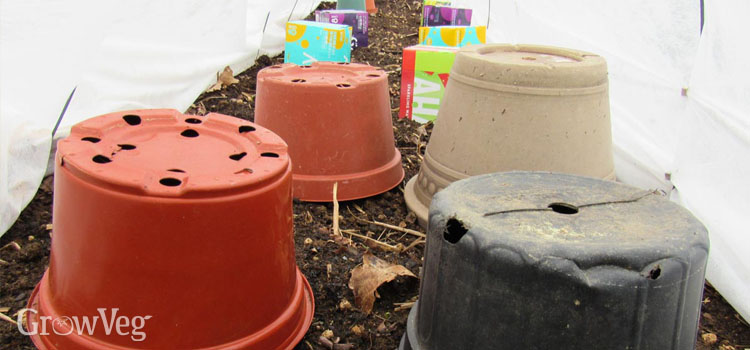
Stack two pots together (one inside the other) and flip them over tender plants when unexpected late frosts threaten. The double-wall construction provides excellent insulation while the drainage holes prevent condensation buildup.
Turn old pot and base into a DIY bird feeder
This idea takes advantage of the drainage holes in garden center planters, although you may need to cut extra holes or make them bigger. Next, drill a hole in the center of the pot and the two saucers, then thread some rope through all of them. The bottom saucer will catch extra seeds, while the top saucer becomes the lid for your feeder.
Use old pots for compost tea brewing
Drill small holes in the sides of larger nursery pots to create compost tea bags. Fill with finished compost, submerge in water buckets, and you’ve got a simple brewing system for liquid fertilizer.
Organize Your Potting Bench

Larger nursery pots are great for keeping your gardening tools and bits in check. Use one for plant tags, another for seed packets, one for twine and scissors, and another for those gloves you always set down and can’t remember where.
If you’re feeling fancy, grab some chalk paint and label them. Super easy!
Use old pots as humidity trays
Place shallow saucers inside nursery pots and fill with pebbles and water. This creates perfect humidity trays for tropical houseplants without the mess of traditional methods.
Turn old pots into propagation stations
Use clear plastic pots or plastic water bottles as mini-greenhouses for rooting cuttings. Simply place over small containers with your propagation medium for increased humidity and warmth.
Making the Most of Your Collection
The key to maximizing your nursery pot collection is organization. I keep mine sorted by size in stackable storage bins, with the largest pots on the bottom and smallest on top. This system makes it easy to grab the right size for various projects.
Consider the different sizes you’ve accumulated. Small 4-inch pots work perfectly for individual seedling protection, while larger gallon-sized containers can shelter entire plant clusters or serve as temporary cold frames for starting seeds outdoors.
Don’t forget about drainage holes when repurposing. Sometimes you’ll want to plug them with waterproof tape for water-holding applications, while other uses benefit from the existing drainage.
Environmental Benefits of Reusing
Beyond the practical advantages, reusing nursery pots aligns with sustainable gardening practices. The plastic in these containers can take hundreds of years to decompose in landfills, but they can serve useful purposes in your garden for decades.
Each pot you repurpose is one less piece of plastic waste and one less new container you need to purchase. This approach reduces your gardening footprint while saving money – a win-win situation that any environmentally conscious gardener can appreciate.
By viewing your collection of nursery pots as valuable tools rather than clutter, you’ll discover countless ways to improve your gardening efficiency while reducing waste. Whether you’re protecting plants during mulching season or creating ingenious watering systems, these versatile containers prove that sometimes the best gardening solutions are hiding in plain sight.
READ MORE: Basic Gardening Tools and Accessories You Need to Get Started
